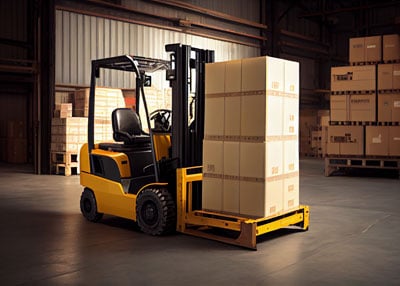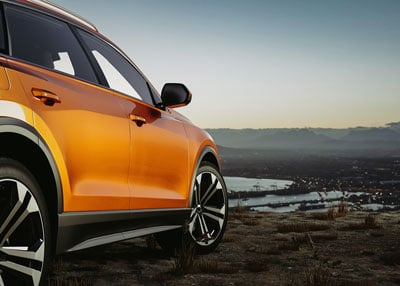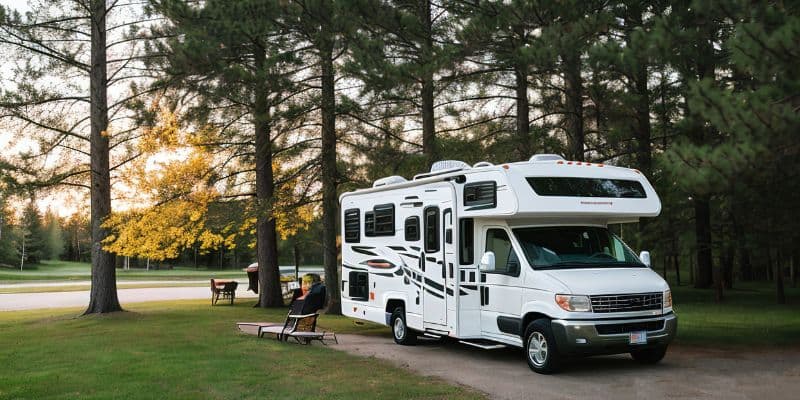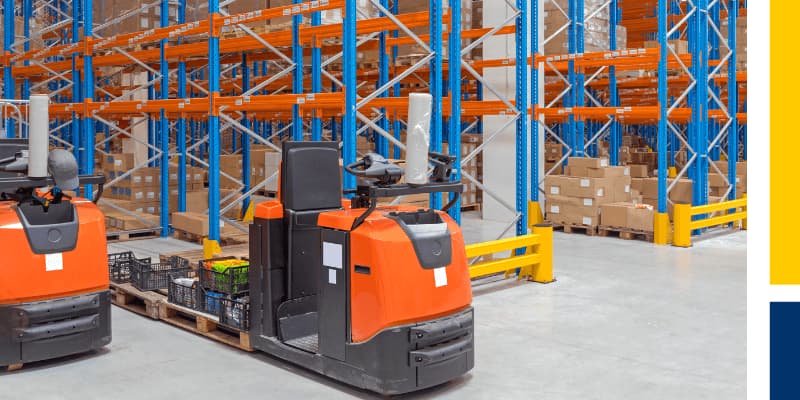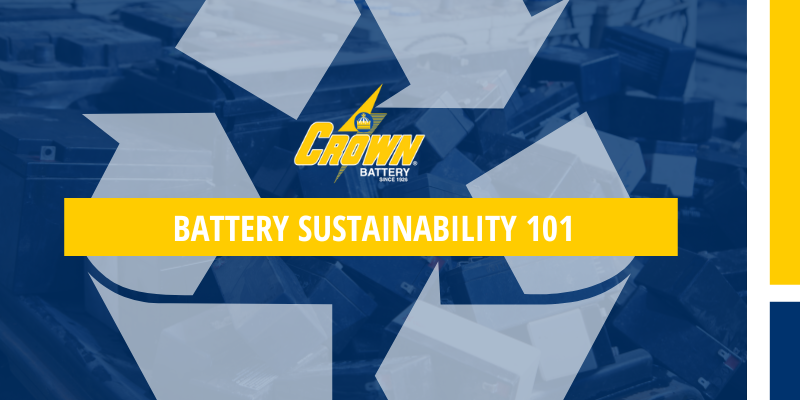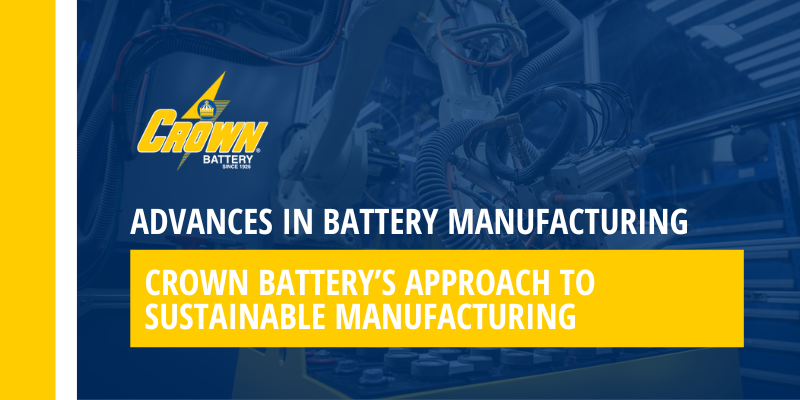Van Life gives you the freedom to live, work, and play wherever you choose.
You get the excitement of the open road with all the comforts of a permanent address... from home-cooked meals and the cool breeze of a fan or AC to a comfortable workspace and the soft glow of your favorite reading light.
But you can’t live the van or RV life without reliable power or batteries.
Batteries are the silent powerhouse that makes the RV lifestyle fun and convenient. They turn the wilderness into a home office, keep your living space cool (or warm), and ensure your food stays fresh in a refrigerator.
So, choosing the right batteries is essential for uninterrupted exploration.
And in the next few minutes, you’ll discover:
- How to compare battery types and figure out what’s best for you
- Simple tips that save energy – so you can go farther + spend less money on batteries and solar panels
- Basics of figuring out your power needs
- Easy-to-follow battery installation and safety tips
- And more
How to select the right batteries
To power your nomadic home efficiently, you’ll need the right battery. Each type has pros and cons:
- Flooded lead-acid batteries (FLA) are widely used for their reliability, safety, and 99% recycling rate. They're proven and economical but require regular maintenance, like watering, to keep them performing.
- Absorbed glass mat batteries (AGM), while more expensive upfront, provide durability and near-zero maintenance operation, making them a solid investment for the serious traveler. They are sealed, spill-proof, and vibration-resistant.
- Lithium-ion batteries (Li-ion) are the most expensive but more efficient and energy-dense. Their increased energy density reduces weight but makes them vulnerable to thermal runaway, which can cause fires or explosions. Li-ion models are near-zero maintenance. But only a mere 5% are recycled. (See more in the Sustainability Fact Book.)
Only you can decide what’s right for you – that balance of lifestyle, budget, safety, maintenance, power, and sustainability requirements.
First, make your RV more efficient
Energy efficiency maximizes your battery life – and allows you to operate smaller batteries with fewer solar panels and less generator/engine backup.
Here are some of our favorite ways to save energy in an RV or van:
Heating and Cooling:
- Use DC-current fans instead of – or in addition to – air-conditioning to save power. Some portable models use only 3-60W and offer impressive cooling power.
- Park under trees or in a shady spot in the summer to minimize your cooling load.
- In the winter, an electric mattress cover, blanket, or foot warmer will help keep you warm using a fraction of the energy of whole-vehicle heating.
- Insulate your vehicle to reduce heating and cooling demands.
- Consider adding insulated thermal curtains.
Common Devices:
- Upgrade to LED lights and ditch incandescent or compact fluorescent models.
- Use laptops or tablets instead of desktop computers.
- Measure real-time energy usage with a monitor. What we can see, we can change.
- Because many devices still draw power when “off,” consider plugging electronics into a surge protector or other device with a simple on-off switch. That way, they’ll use zero power unless they’re operating.
Cooking and Food:
- Choose induction hot plates over conventional electric stoves for more efficient cooking.
- Cover pots or pans to reduce heat loss and lower energy demands, whether cooking with electricity, propane, or methane (natural) gas.
- Use a pressure cooker – they’re energy-efficient and can reduce cleanup.
- If the weather’s right, cook outside and avoid overheating your vehicle.
- Look into refrigerators with additional insulation; they can better maintain temperature using less energy.
Figure out how much power you need
Once you’ve minimized your electrical needs, you’re ready to figure out how much energy you need to store.
1) Check each appliance’s manual for its wattage (or better yet, measure it).
2) Estimate how many hours a day you use it – or how long it runs in the background.
3) Calculate total daily amp-hours (Ah) with this simple formula:
|
(Appliance wattage × Hours used per day) / 12V = Daily Ah consumption For instance, running a 150-watt fridge for 24 hours in a van or RV would consume: (150w * 24 hours)/12 volts = 300 amp-hours (Ah) per day |
4) Add the power requirements for all the electrical/electronic items you’re powering to get your total daily consumption in amp-hours (Ah).
5) Size your batteries to meet 2X this level of demand.
Reason: No matter what battery chemistry you choose, you’ll want a safety buffer of extra power in case, say, you have company over or it’s hotter or colder.
FLA, AGM, and Li-ion batteries need energy reserves; if you use 100% of their stored energy, they won’t last nearly as long.
So, Multiply your daily requirements from Step 4 by 2X, and you’re set.
Install batteries right for safety and performance
- Always follow your manufacturer’s guidelines.
- Install batteries in a ventilated area away from ignition sources to prevent gas buildup. The battery bay under the vehicle or a side compartment is typical in an RV. In a van, batteries should be installed in a space allowing air circulation, usually under benches or in custom-built compartments.
- Hire a certified electrician if you're not confident in your skills – to prevent risks of electrical fires and ensure battery longevity.
- Secure batteries firmly to prevent movement.
- Ensure wires are insulated to prevent short circuits.
- Connect the terminals correctly—positive to positive, negative to negative.
- Regularly check installations to maintain safety standards.
Boost battery life and reliability with regular maintenance
Scheduled checkups extend battery life and ensure reliability. Routine maintenance includes:
- Inspect battery terminals for corrosion and clean them as needed.
- Check fluid levels periodically for FLA batteries and top with distilled water as needed.
- Check battery cases for cracks or bulges to catch problems early.
- Measure battery voltage with a multimeter to ensure it’s within the recommended range.
- Get our Safety First battery maintenance guide for more tips and tricks to ensure longer life and protect your investment.
BONUS: How to upgrade or replace batteries
When it’s finally time to replace your vehicle’s batteries, you’ll need to do two things: 1) Recycle or dispose of old batteries and 2) Pick new ones.
Because Crown Battery’s FLA and AGM batteries are 99% recycled, you can visit Earth911 or Recycle Finder to locate the nearest recycling center. You can often drop off your old batteries for recycling at the same place where you get new ones.
Some other battery types are only partially recycled – or must be landfilled – but the sites above can still help you find a disposal location.
What’s next?
By choosing the right battery and maintaining it properly, you can ensure that your home on the road is full of fun, self-sufficiency, and comfort. And with the energy-saving tips you learned, you can live the #VanLife for less than you think.
Check out our Zero Battery Waste Guide if you want to reduce waste – and get done-for-you checklists to help select your next batteries.

